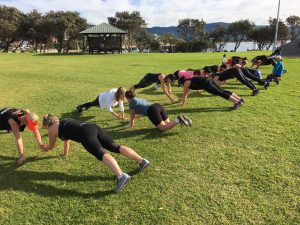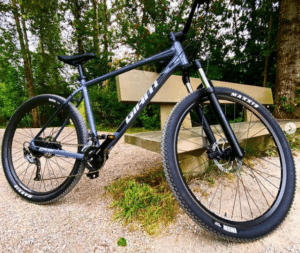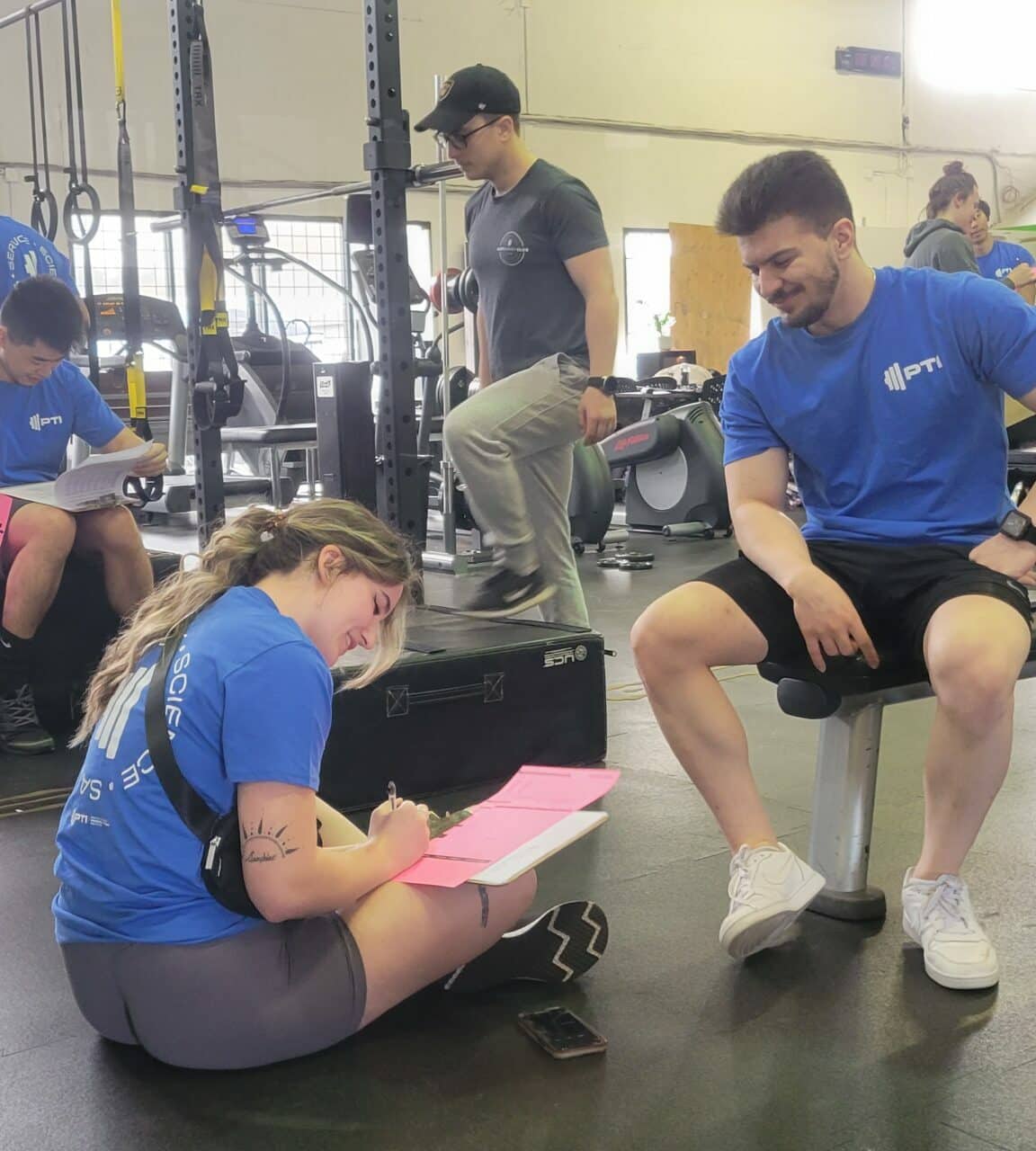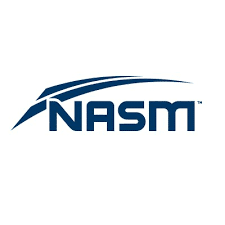March 30, 2021
Reflecting On A Pandemic Year – Josh
As I reflect and write this article, it has been a full 365 days since COVID-based restrictions shut doors in most communities. Initially, it was a fearful time for many. But, as it normally goes with stressful experiences, we all adapted in one way or another. For many of my previous co-workers, it meant flexing their entrepreneurial skills, or finally taking a career leap to a new industry. Some used the down time to lean into family, hobbies or self-reflection and rest. Either way, as a Personal Trainer, I thrive on the opportunities that shift the balance in unpredictable ways; it leads to fresh perspective and experiences that can help pave the way for a new future. It turns out that a “reflect on the past year” writing prompt brought up some meaningful ideas.

FLASH BACK
One thing that changed for sure was having to manage my clients without the focal point of the gym to rely on. Instead of knowing exactly what space and equipment we’d be able to use when they came to the gym, we were all separated and things got really scrambled.
With the abundance of layoffs and (thankfully) government support, many people took advantage of spending more time going for walks, jogs, bike rides, and other outdoor activities. For me it rekindled an intrinsic joy of exercise found in playful experiences. However, those less intrinsically motivated folks who relied on gym routines and social support systems found in group exercise felt unmoored. At that point in my career (a year ago), most of my Personal Training clients fell into the “less intrinsically motivated” group of exercise participants. The question naturally became: “how can I help my clients?”
I called up my clients, checked-in and gave them space to share their frustrations about the quarantine conditions. For those who wanted it, I helped them developed strategies to stay on top of their fitness while setting new goals around recreational activities. Eager to program for these summer activities (hiking the West Coast Trail, learning to kayak, etc.), we took to FaceTime and Zoom to implement these workout routines at home. The only challenge with this type of programming was the lack of equipment. We learned along the way that big machines and heavy free weights weren’t mandatory for the types of goals my clients had set for themselves. (I’m thankful that I have learned, and now teach, the importance of realistic goal-setting!)
At the peak of the quarantine, I was training a dozen clients remotely. For some it was the regular accountability to set aside time every week to exercise, despite the distractions found at home. For others it was learning that body-weight circuits can be so much more intense than a slow bodybuilding routine! I even worked on a shoulder rehab program with a client from Seattle! In addition to providing structure and support for my clients, I also found the structure in my day was really helpful!
Once my clients had a few virtual workouts under their belt, we took to the fields and athletic parks around town. It was important to maintain social distancing and hygiene rules of course – I’ve never used so many Lysol wipes in my life! I would run my clients through workouts at a local park using a combination of the equipment that I had lying around the house and the equipment my clients brought with them. It allowed me to train my clients uniquely; the last time I trained people outdoors was 10 years ago when I used to coach football. Besides that, the benefits of training outdoors are significant: fresh air, vitamin D, the lighter impact force on joints when jumping or running, and the more holistic benefit of being closer to nature.

*not a picture of me or what my outdoor training looked like but doesn’t that look fun?!
Returning to the gym in August made everyone excited and, arguably, equally apprehensive. Despite the apprehension, gyms are probably cleaner than ever due to the Provincial Health Officer’s extremely tight hygiene rules and guidelines. Still, plenty of members are finding that COVID is still impacting their decision-making when it comes to showing up at the gym. Either way, adapting to different client scenarios and preferences is a characteristic that an experienced and empathetic trainer has to demonstrate. Our clients and members still need our help, so helping them exercise wherever they are is huge!

HERE WE ARE TODAY
As a result of my experience with the virtual & outdoor training modalities, I now find myself asking my clients to set goals outside of the gyms as well as goal for the gym. The best part of exploring unique activity-based goals is that it lets us as trainers attach more movements to lifestyle activities outside of the gym. For example, consider a client who wants to do more mountain biking or road cycling. There are 2 immediate considerations when programming for a biking goal:
- improved performance during the activity
- countering the movement imbalances brought on by the activity (tight hip flexors, rounded shoulders and upper back, etc.)
With this multi-pronged approach to fulfilling weekly movement targets, our clients will have a more engaging, motivating, and diverse exercise program; this demonstrates a quality of service that all Trainers should strive to provide!

To feel confident with both of those programming considerations, I’ve found the experience in the NASM Performance Enhancement Specialist (for activity performance) and Corrective Exercise Specialist (for countering movement imbalances) courses to be vital. There is no end to the benefits of Continuing Education for clients, members, and trainers alike, so make sure you set yourself apart from your peers with specialized education! The National Academy of Sports Medicine has great specializations so that you can provide the best programming service for your clients this summer. I look forward to these courses being hosted by BCPTI this year!!
Tags:
Related Posts
We’re here to help you!
Questions, comments or want to register? Fill out the form below and we will contact you shortly. Thanks!
"*" indicates required fields


